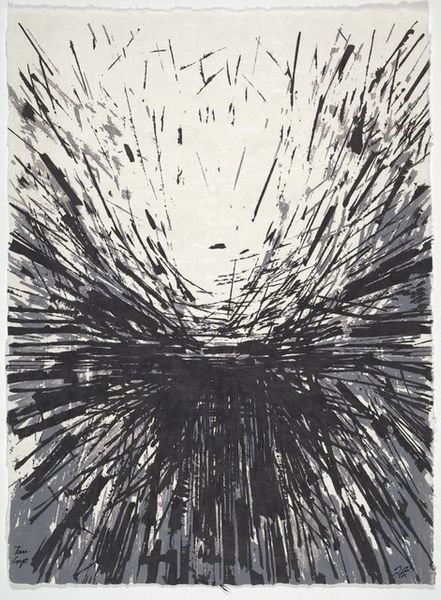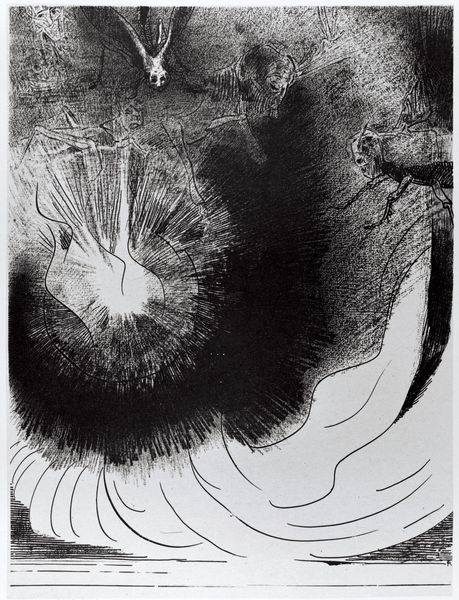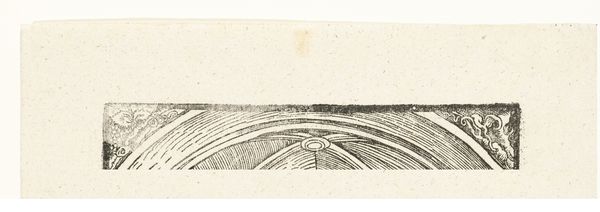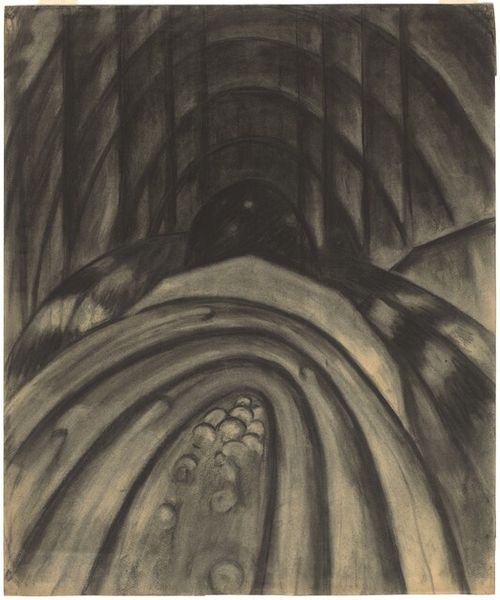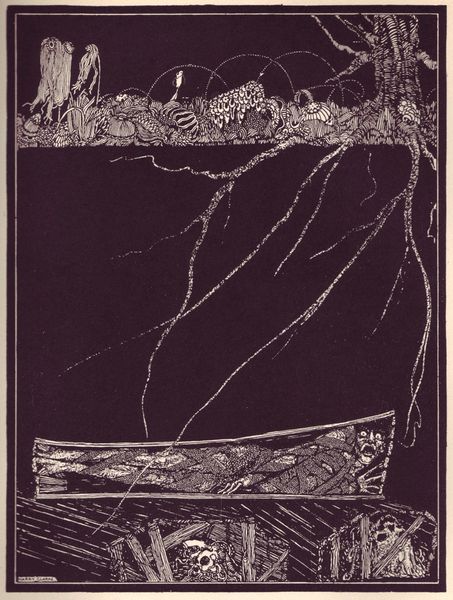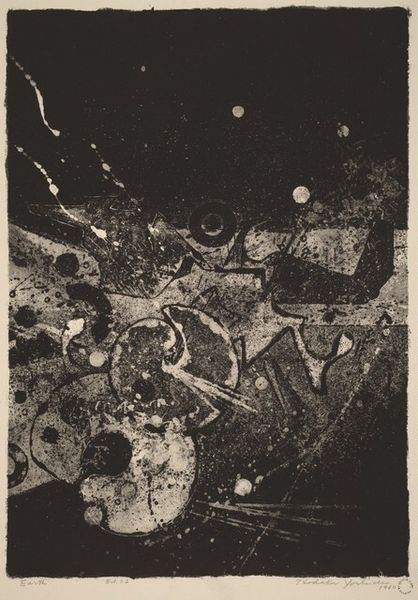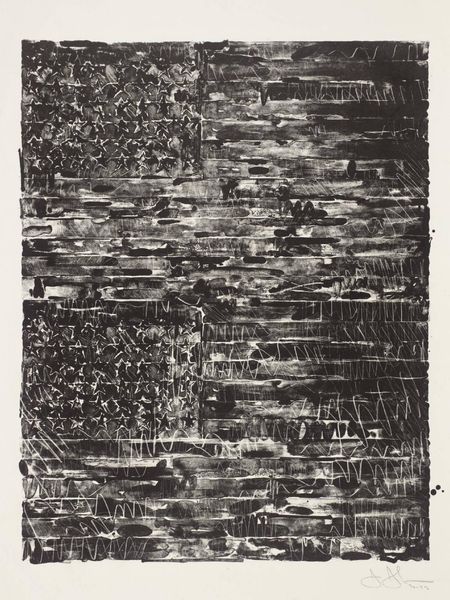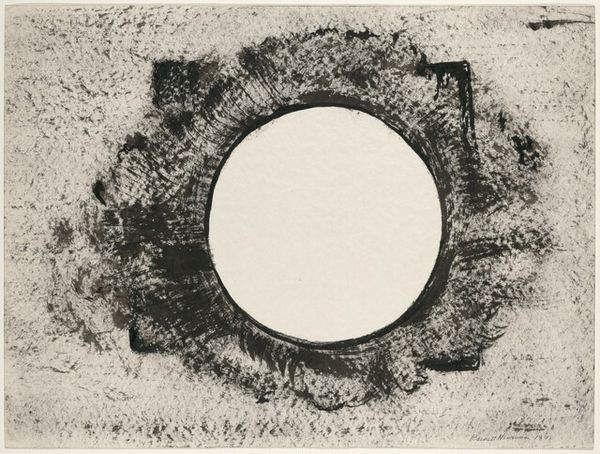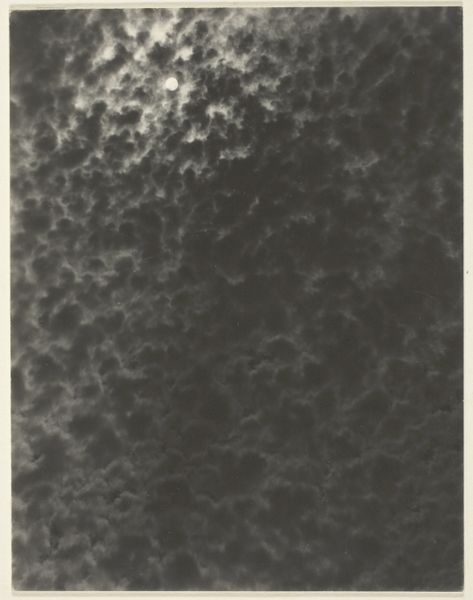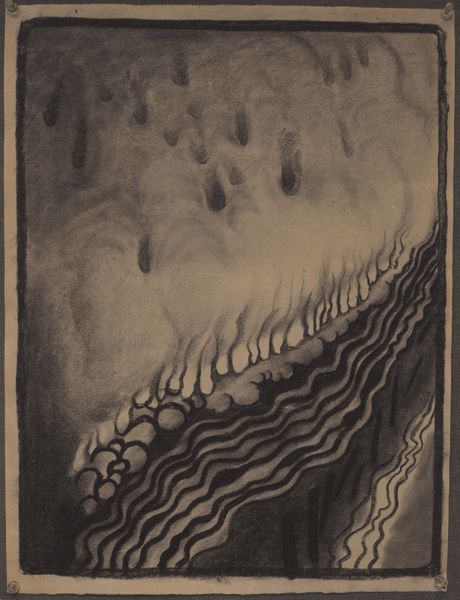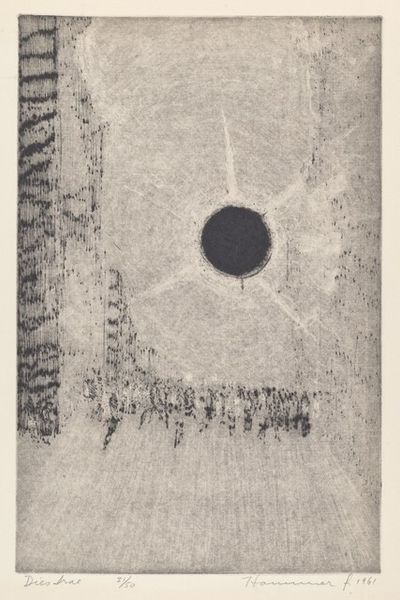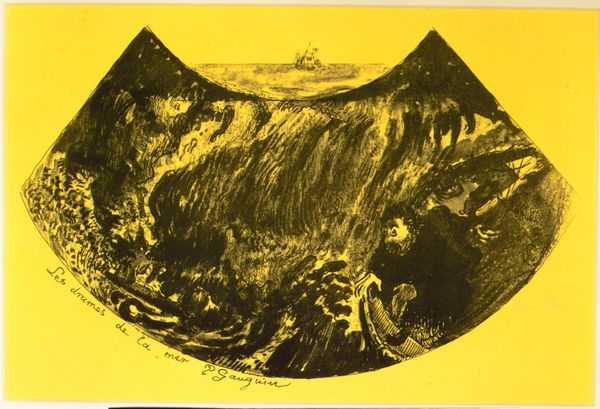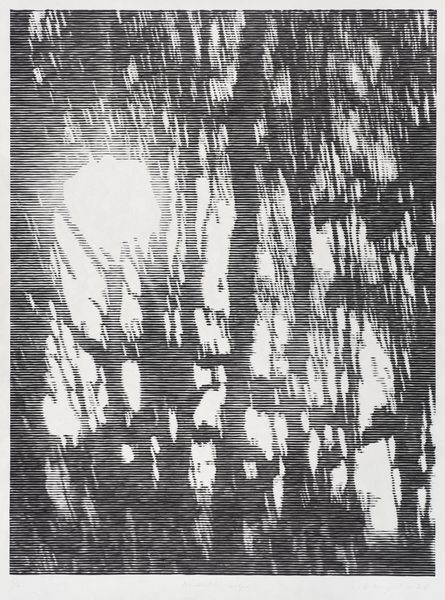
Copyright: Public domain
Curator: Let’s consider Harry Clarke’s 1923 illustration for Edgar Allan Poe's "Tales of Mystery and Imagination". It is a striking drawing rendered in ink, using line and symbolism to tell a story. Editor: Absolutely! The vortex really pulls you in. There is an intense visual rhythm, and I'm curious about its making. What's your take on the materials and process here? Curator: Consider the cultural context: the availability and quality of ink in 1923 impacted what marks Clarke could make. And the painstaking detail suggests countless hours of labour. The image isn’t just about the story, but about the means of its production. What kind of cultural capital would make a project such as this worthwhile? Editor: So you're saying the act of making, the labour, and the value placed on that kind of detailed work is key? It really challenges the idea of just seeing the image as an illustration and encourages us to think about the industrial aspect. Is that an example of blurring the line between craft and “high art”? Curator: Precisely. Clarke is manipulating a commercial product, ink, in a specialized process of repetitive action, for a published book, making this process deeply embedded within consumerism and material production. It is a high end design with craft sensibilities. Editor: I see what you mean. Thinking about the material reality of this image has completely changed my perception of it! It moves beyond a simple representation of a story. Curator: Indeed. The relationship of production, consumption, labor and materials really drives home what we should consider when looking at art such as this. Editor: Thanks so much. I’ve certainly learned a new way to look at ink drawings!
Comments
No comments
Be the first to comment and join the conversation on the ultimate creative platform.
